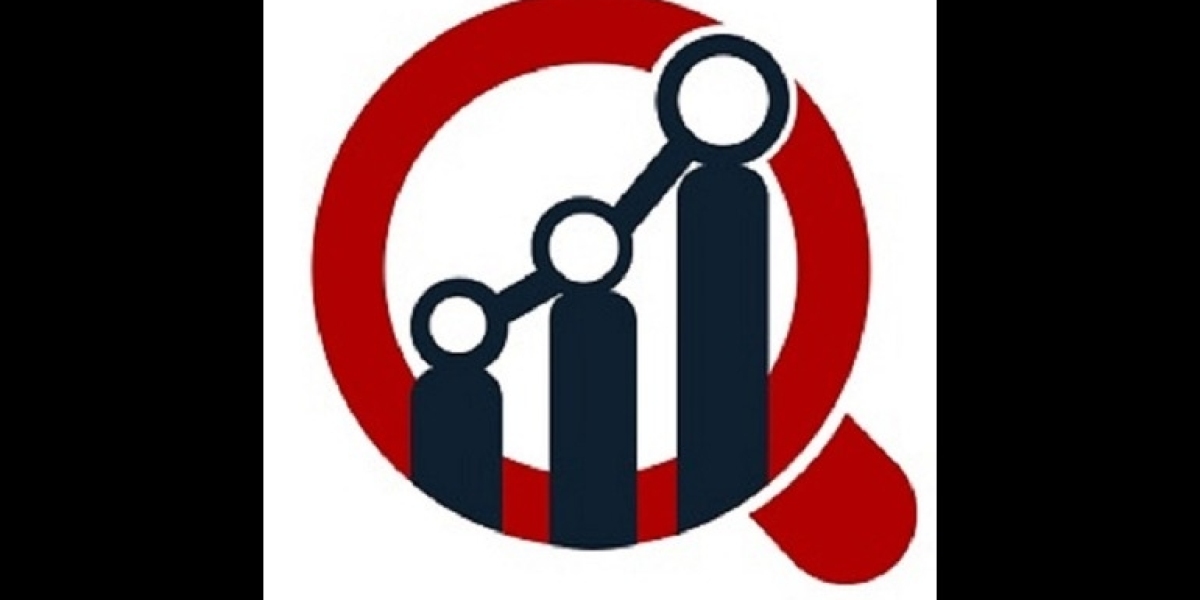Reverse Factoring: How It Benefits Buyers and Suppliers
In today’s competitive business environment, maintaining healthy cash flow and strong supplier relationships is critical for companies of all sizes. One financial solution gaining popularity to address these challenges is reverse factoring—also known as supply chain finance or supplier finance. This article explores what reverse factoring is, how it works, its benefits, and potential risks.
What is Reverse Factoring?
Reverse factoring is a financing arrangement designed to improve the working capital of suppliers while providing buyers with extended payment terms. Unlike traditional factoring, where a supplier sells its receivables to a third party at a discount, reverse factoring is initiated by the buyer. In this process, a financial institution (usually a bank or a specialized finance company) pays the supplier on behalf of the buyer, often much earlier than the original invoice due date. The buyer then repays the financial institution at a later agreed date.
How Does Reverse Factoring Work?
- Purchase and Invoice: The supplier delivers goods or services to the buyer and issues an invoice.
- Invoice Approval: The buyer approves the invoice for payment.
- Financing Request: The approved invoice information is shared with the financial institution.
- Early Payment to Supplier: The financial institution pays the supplier the invoice amount, minus a small financing fee, well before the invoice’s due date.
- Buyer Repayment: The buyer pays the financial institution at the agreed later date, which may align with the original payment terms or be extended.
Key Participants in Reverse Factoring
- Buyer: Usually a large, creditworthy company who initiates the arrangement to help their suppliers.
- Supplier: The smaller company that benefits by receiving faster payment.
- Financial Institution: The bank or finance company providing early payment to suppliers and collecting payment later from buyers.
Benefits of Reverse Factoring
For Suppliers:
- Improved Cash Flow: Suppliers get paid faster, reducing days sales outstanding (DSO).
- Lower Financing Costs: Because the financial institution bases the financing on the buyer’s creditworthiness (usually stronger), suppliers often enjoy better financing rates compared to traditional borrowing.
- Reduced Credit Risk: Suppliers receive payment promptly without waiting for the buyer’s payment date.
For Buyers:
- Extended Payment Terms: Buyers can negotiate longer payment terms without negatively impacting their suppliers’ cash flow.
- Stronger Supplier Relationships: Helping suppliers improve liquidity strengthens partnerships and may secure better pricing or terms.
- Optimized Working Capital: Buyers preserve their own cash flow and working capital by delaying outflows.
Risks and Considerations
- Dependency on Buyer Credit: Since financing depends on the buyer’s credit rating, any downgrade can affect supplier financing.
- Cost of Financing: Suppliers may pay a fee to the financial institution, reducing the net amount received.
- Implementation Complexity: Setting up reverse factoring programs requires coordination between buyers, suppliers, and financial institutions, plus technology integration.
Industries Using Reverse Factoring
Reverse factoring is widely used in sectors with complex supply chains and tight margins, such as:
- Manufacturing
- Retail
- Automotive
- Consumer goods
- Food and beverage
Conclusion
Reverse factoring offers a win-win financing solution by optimizing cash flow for suppliers and buyers alike. Suppliers receive quicker access to cash at favorable rates, while buyers benefit from improved liquidity and stronger supply chain partnerships. As supply chains become more global and complex, reverse factoring will likely grow as a critical tool in financial and procurement strategies.
Related Report -
| Venture Capital Market |
| Education Loans Market |
| Electric Vehicle Finance Market |
| Gold Loan Market |
| Home Mortgage Finance Market |





